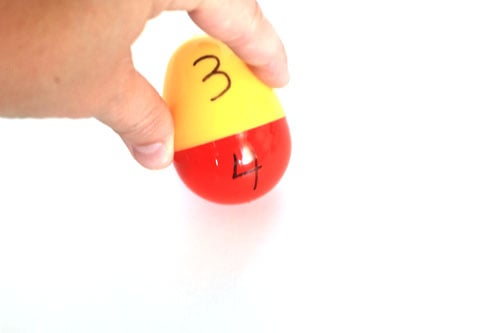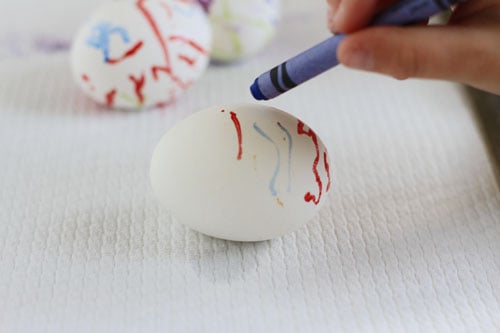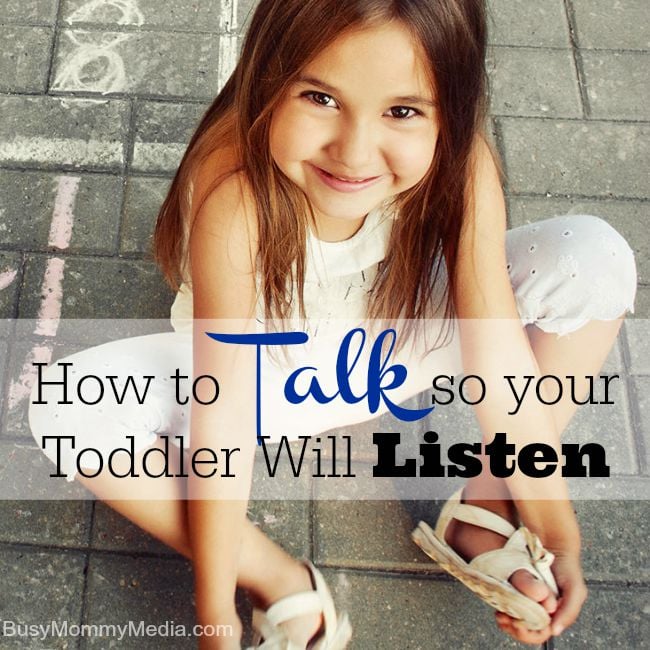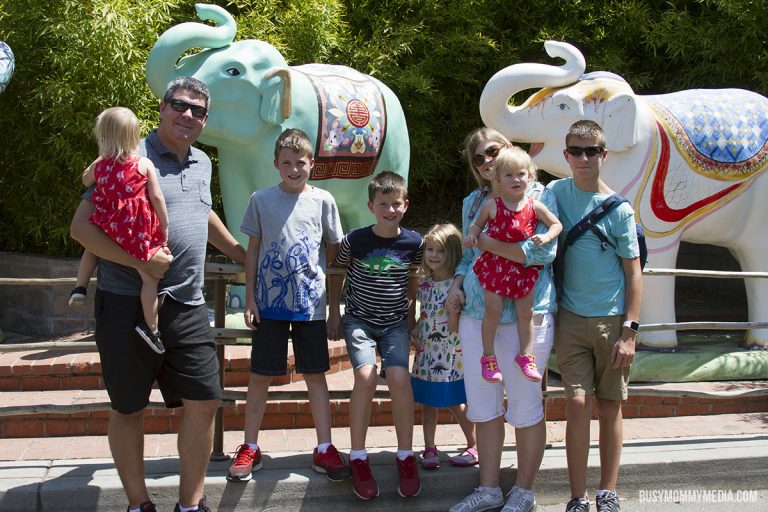Creating a Lifebook for Kids in Foster Care
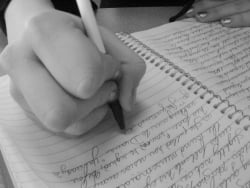 Although most of us grow up in our biological families, where our heritage is apparent, kids in placement many times don’t have a sense of belonging, or knowing themselves and where they came from. We that grow up with our families can see how we are connected—the shapes of our bodies, the color of our eyes, skin or hair, the way we talk or any special abilities we may have. We know about our past through different stories and traditions that are passed down from generation to generation. This helps us to understand our culture and give us a secure sense of self.
Although most of us grow up in our biological families, where our heritage is apparent, kids in placement many times don’t have a sense of belonging, or knowing themselves and where they came from. We that grow up with our families can see how we are connected—the shapes of our bodies, the color of our eyes, skin or hair, the way we talk or any special abilities we may have. We know about our past through different stories and traditions that are passed down from generation to generation. This helps us to understand our culture and give us a secure sense of self.
Many times, this sense of self is lacking for children in placement due to the fact that they have been torn away from their biological families and placed with families potentially very different from theirs, in culture and in heritage. This disruption can lead to a decline in their self worth.
With a few of my clients who have been moved to placement, I have created a scrapbook with them that we call a “lifebook”. This is a way that seems to keep a child in touch with their past. It visually helps a child see where they came from and what their life experiences have been. This lifebook also helps the child’s expression and recognition of their feelings concerning their life experiences and even allows them to process these feelings in a healthier manner.
The lifebook is not just a written record of the child’s past that he or she completes in one sitting and is done. This book is suppose to be added to over time as the child gets older and more mature and is able to handle more complex information. Furthermore, the child’s life may change many times into adulthood, and this book is meant to keep track of all those changes, allowing the child to see where they came from, how they got here and where they may be going.
When to create a lifebook
A lifebook can be created for many reasons. It all depends on where the child is at when the lifebook begins its creation. It can be made when a child is preparing to be removed from their biological family and into a foster home. This may help the child bond with their new family, whether is just be a foster home or an adoptive family. It can be made to help the biological family or the foster family let go of the child being sent somewhere else. It can be made to help with reunification within the biological family unit. It can also be made to illustrate to the child their behaviors and how this is connected to their past.
The most difficult part of creating the lifebook is always having someone assume the responsibility of keeping the lifebook updated. If the child is moving around a lot, a good responsible party would be a continuing caseworker or therapist. These people have access to all the information about the child, including biological and all foster families. When the child is permanently placed or adopted, the adoptive family should be encouraged to maintain it.
Most importantly, the child always determines what goes into their lifebook. Although, the person responsible should use their discretion about what information should be available to the child. As the child grows, he or she is going to be asking more difficult questions about their past, wanting more specific information. The responsible party needs to be someone the child trusts who can provide accurate information and dispel any flawed memories or misperceptions.
What to put in the lifebook
The lifebook can include any information that is age appropriate for the child. Below is a general list of things that may or may not be available:
• Birth information
• Birth family information
pictures
names/birthdates of parents and any siblings
letter from birth parents
description of birth parents (nationality, physical description, special talents, occupation, education)
siblings placements
physical description of siblings
any relevant information about other relatives
genogram (like a family tree…can contain info such as births, divorces, deaths, nationalities, disabilities, causes of death)
• Placement information
reasons for placement
dates and addresses of all placement families
pictures of the families or any friends while there
school pictures of the child while there
pictures of the child’s room or the house
any information the families wish to provide regarding their experiences with the child
family traditions or vacations shared
any meaningful items
• Life and Growth information
developmental milestones
school information
activities and/or interests
• Health and Medical Information
immunizations
diseases
allergies
medical history of birth family
therapists (including goals worked on and length of therapy)
any contacts used during this time
Beginning the life book is the easy part. I have started these with numerous clients. It is very worthwhile and valuable to the child in the long run. The challenging part is passing it on and having someone else keep the tradition alive. I firmly believe that if more children in placement had these lifebooks, they would have a better knowledge of themselves and their situations, which leads to a better chance of being successful as an adult.
List of Works Cited
Backhaus, K.A. (Nov./Dec. 1984). Lifebooks: Tool for working with children in placement. Social Work. 551-554
Dr. Seuss & McKie, R. (1969). My Book about Me, by Me Myself with Some Help from my Friends. NY: Random House
by Kate Knapp



